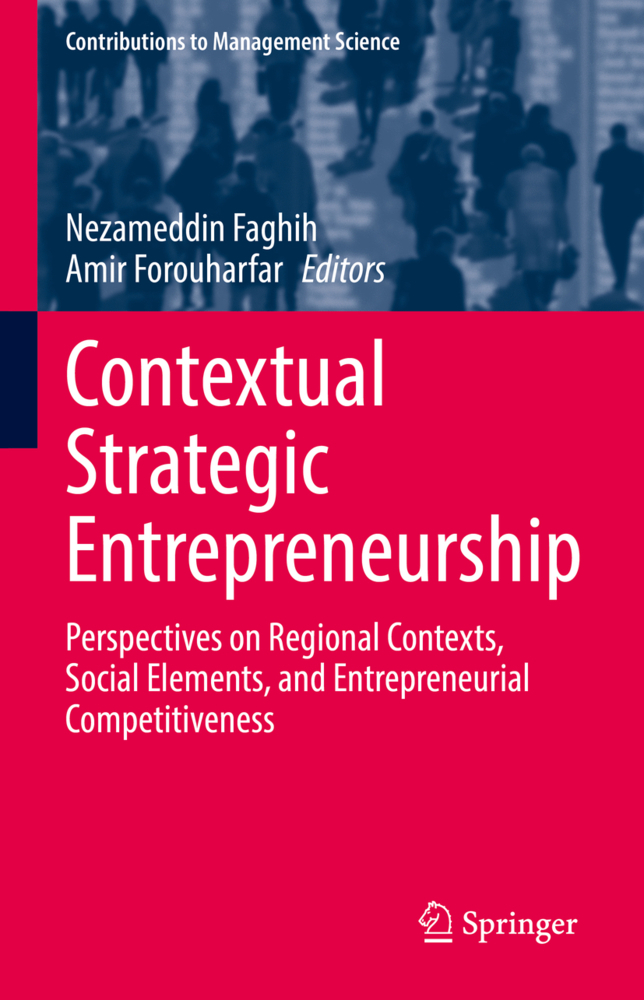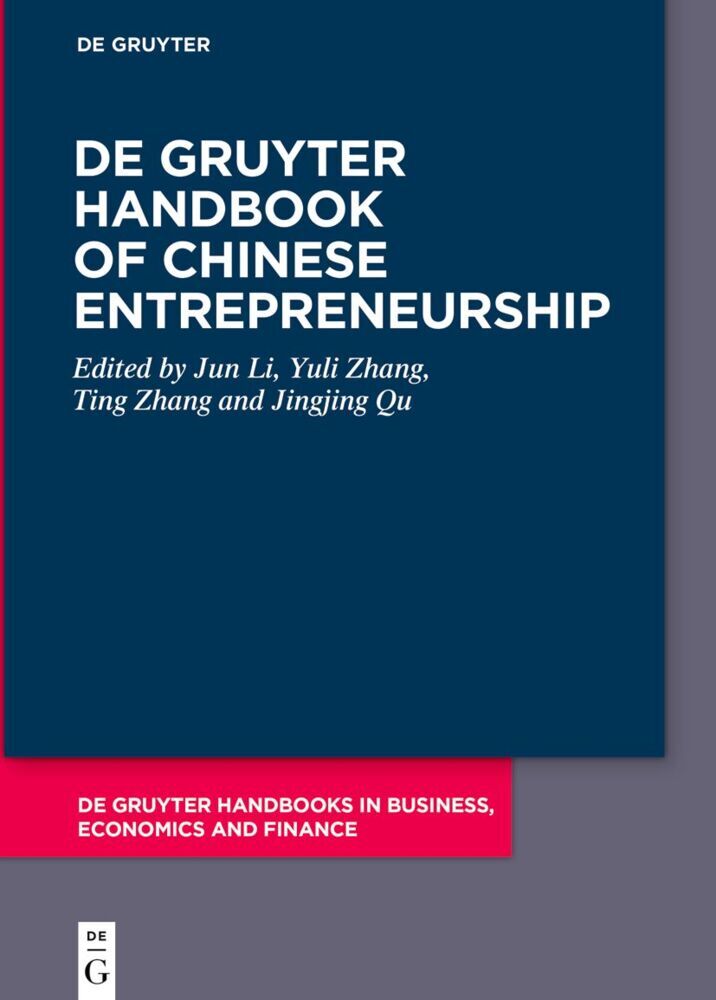Contextual Strategic Entrepreneurship
Perspectives on Regional Contexts, Social Elements, and Entrepreneurial Competitiveness
This edited volume discusses the contextual nature of strategic entrepreneurship. It unfolds the concept of context in strategic entrepreneurship and demonstrates how entrepreneurial strategies differ among various countries, societies, and entrepreneurial ecosystems. Written by global experts in strategic entrepreneurship research, chapters discuss emerging issues in the field such as barriers to strategic entrepreneurship, entrepreneurial resourced-based view, mixed embeddedness, social media marketing, competitiveness in small enterprises, strategic learning, and the triple helix approach to university-business-government strategic cooperation. Affirming that strategic decisions, planning, and formulations are greatly context-related endeavors and hence any true understanding of entrepreneurial strategy starts with appropriate understanding of relevant context, this volume makes a vital contribution to the discussion of strategic entrepreneurship.
Chapter 2: Re-conceptualizing Organizational Rejuvenation as a Strategic Entrepreneurship Phenomenon: A Bibliometric Map Approach
Chapter 3: Modelling of Barriers towards the Adoption of Strategic Entrepreneurship: An Indian Context
Chapter 4: A New and Innovative GEM Composite Index Based Upon the National Expert Survey: A Survey of Selected African Countries
Chapter 5: Sustainability of Barangay Micro Business Enterprises (Bmbes) in Laoag City, Ilocos Norte, Philippines: The Role of Resource-Based View
Part II: Strategic Entrepreneurship in Social Contexts
Chapter 6: The Meaning of Being a Migrant Entrepreneur: An Intersectional Approach to Mixed Embeddedness Theory
Chapter 7: Investigating the Impact of Social Network Marketing on Banks' Customers Profitability
Part III: Strategic Entrepreneurship in Competitive Contexts
Chapter8: Product Development under Information Technological Turbulence: The Role of Marketing Communication for Competitive Advantage in Small Businesses Enterprises
Chapter 9: How Entrepreneurial Firms Learn From Competitors: An Examination in Strategic Learning Perspective
Chapter 10: Benefits of New University-Business-Government Arrangements for the Performance of Organizations: A Triple Helix Approach
Index.
Chapter 1: Introduction
Part I: Strategic Entrepreneurship in Geographical ContextsChapter 2: Re-conceptualizing Organizational Rejuvenation as a Strategic Entrepreneurship Phenomenon: A Bibliometric Map Approach
Chapter 3: Modelling of Barriers towards the Adoption of Strategic Entrepreneurship: An Indian Context
Chapter 4: A New and Innovative GEM Composite Index Based Upon the National Expert Survey: A Survey of Selected African Countries
Chapter 5: Sustainability of Barangay Micro Business Enterprises (Bmbes) in Laoag City, Ilocos Norte, Philippines: The Role of Resource-Based View
Part II: Strategic Entrepreneurship in Social Contexts
Chapter 6: The Meaning of Being a Migrant Entrepreneur: An Intersectional Approach to Mixed Embeddedness Theory
Chapter 7: Investigating the Impact of Social Network Marketing on Banks' Customers Profitability
Part III: Strategic Entrepreneurship in Competitive Contexts
Chapter8: Product Development under Information Technological Turbulence: The Role of Marketing Communication for Competitive Advantage in Small Businesses Enterprises
Chapter 9: How Entrepreneurial Firms Learn From Competitors: An Examination in Strategic Learning Perspective
Chapter 10: Benefits of New University-Business-Government Arrangements for the Performance of Organizations: A Triple Helix Approach
Index.
Faghih, Nezameddin
Forouharfar, Amir
| ISBN | 978-3-030-86027-1 |
|---|---|
| Artikelnummer | 9783030860271 |
| Medientyp | Buch |
| Copyrightjahr | 2021 |
| Verlag | Springer, Berlin |
| Umfang | XII, 192 Seiten |
| Abbildungen | XII, 192 p. 35 illus., 29 illus. in color. |
| Sprache | Englisch |











